Gardeners urged to choose the right type of garden netting – to avoid harming local wildlife and damaging crops
Netting is a go-to way to protect vegetables and fruit from pests, as long as you use the right sort
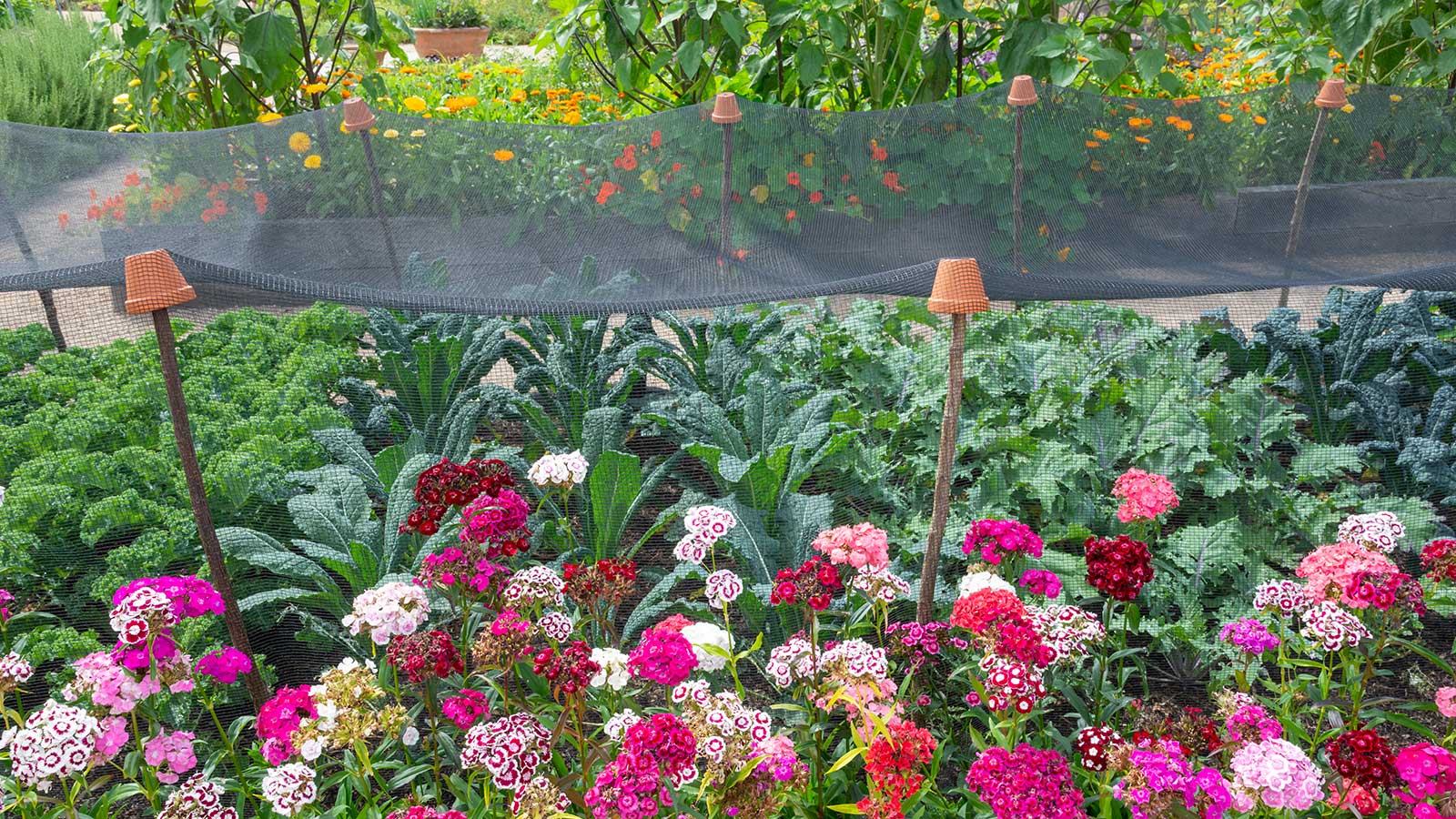

Using garden netting is a traditional pest-control method for backyards, as it creates a protective barrier around precious crops while letting sunshine and moisture through. It cuts out the need for chemical pesticides, which is a positive if you're looking for a more eco-friendly gardening approach. However, it can also pose a serious risk to wildlife, depending on the type you choose.
The problem generally lies with garden netting that has larger holes, as small, curious animals can get trapped and fatally injured by it. In fact, in Victoria, Australia (where I live), it's illegal to use netting with a mesh size greater than 5mm by 5mm at full stretch to protect home-grown vegetable gardens, fruit trees, and other fruiting plants.
I asked a gardening expert for her insights on garden netting, and below, she shares her advice. If you grow your own crops, it's vital you take these tips on board to prevent accidental harm.
Why you should rethink using garden netting with larger holes
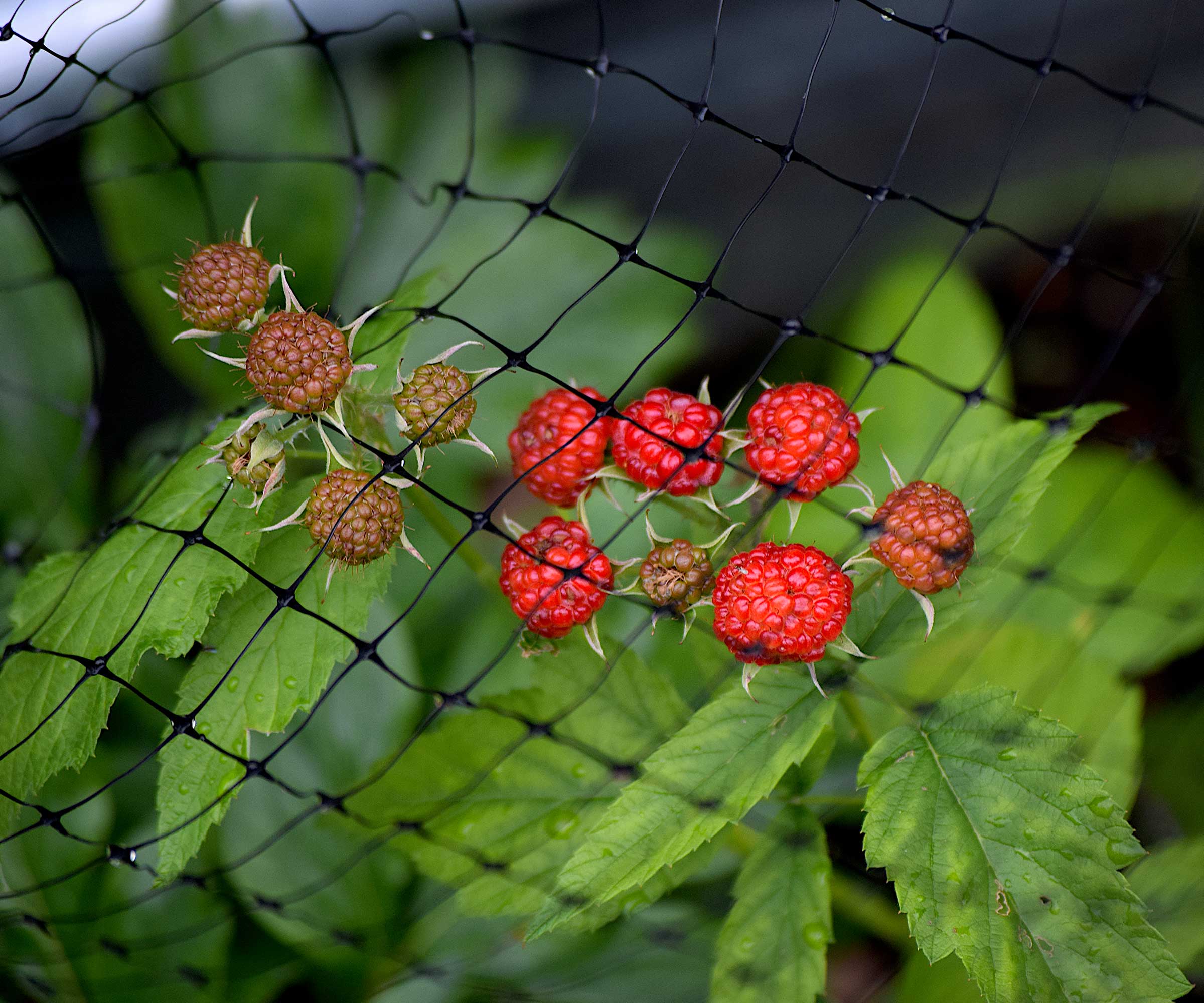
Netting like this can trap wild animals while leaving crops vulnerable to many small pests
'I learned the hard way how dangerous garden netting with large holes can be,' says Kiera Faulkner Jekos, garden designer and educator at Gardenwell. 'Years ago, I found a snake fatally tangled in the plastic mesh I’d used to protect my strawberries. Since then, I’ve been careful to stress the importance of choosing and installing garden protection that doesn’t put wildlife at risk.'
It's not just snakes – birds, small mammals, and even beneficial insects can easily get caught in soft netting with large holes, Kiera lists. 'These nettings sag, especially when wet, and don’t hold their shape well enough to prevent entrapment.'
Besides jeopardizing small creatures, garden netting with larger holes isn't all that effective at doing as it's intended: to protect crops. Many pest insects can easily slip through – and if you've already faced issues with the likes of aphids, flea beetles, or other common interlopers, you'll know the problems they can cause.

Kiera Faulkner Jekos is a kitchen garden designer and educator based in New York’s Hudson Valley. She’s the founder of Gardenwell, where she teaches organic, ecologically rooted ways to grow food at home, with an eye toward beauty, productivity, and resilience.
Using fine mesh netting instead
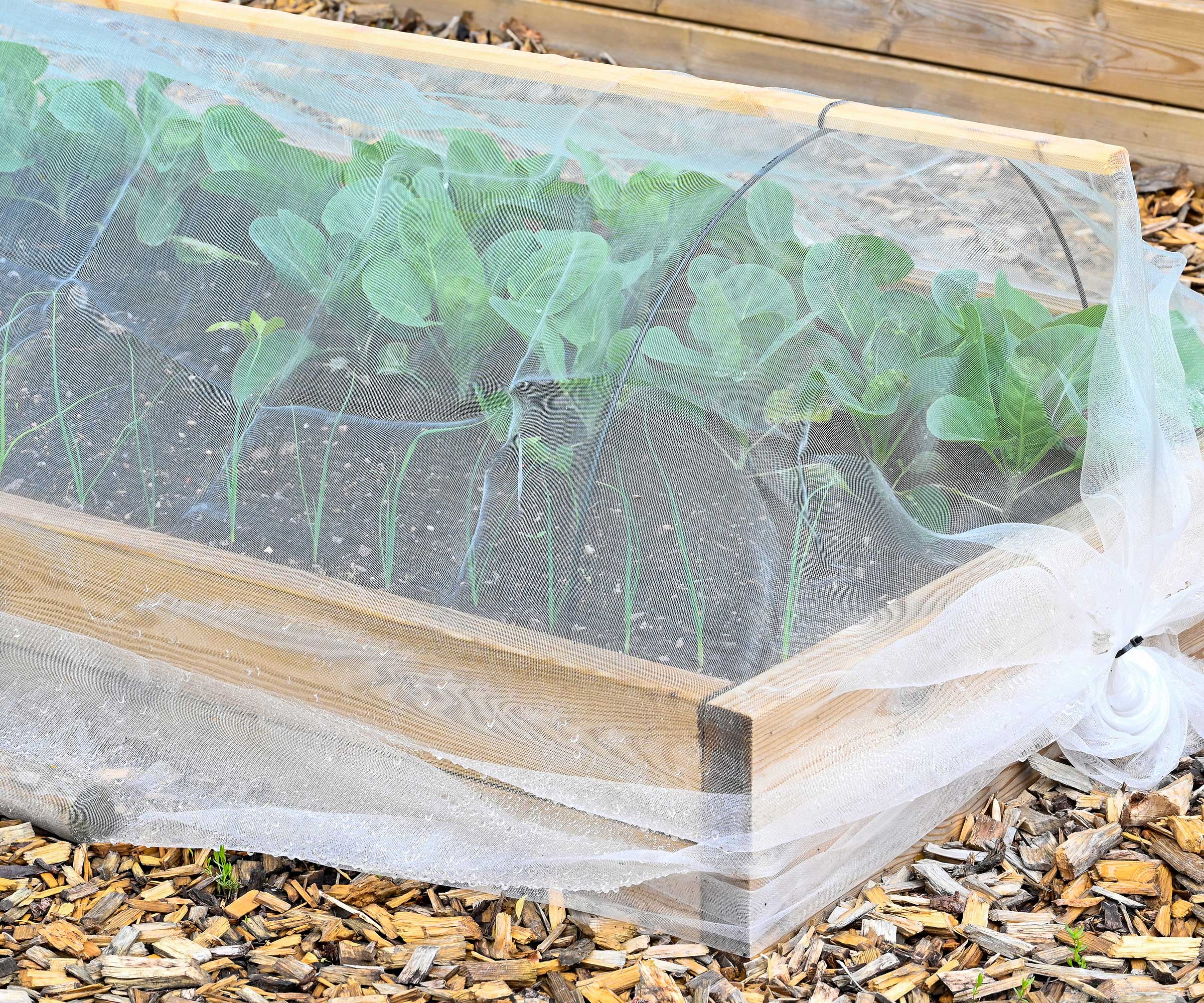
A safer way to keep raised beds pest-free
The finer the mesh, the smaller the pests that it can keep out. For instance, Kiera recommends using a fine insect mesh with holes under 1mm to protect against insects like cabbage whites or potato beetles.
Design expertise in your inbox – from inspiring decorating ideas and beautiful celebrity homes to practical gardening advice and shopping round-ups.
Check measurements on labels before you buy. The words 'Ultra Fine' are a good indicator – these nettings can even be effective at keeping out tiny thrips. Note that fine mesh netting can keep larger animals at bay, too.
Kiera says insect mesh should be pulled taut and fixed to a frame, whether it's a hoop or another structure, so it doesn’t sag or rest directly on the plants. Ensuring it's properly secured won't just improve its effectiveness at protecting your crops, but it can also help to prevent wildlife entanglement. The Royal Horticultural Society recommends anchoring the edges to a ground-level board half sunken in the soil, or simply burying them.
Top tip: While insect mesh is primarily used to keep pests away from plants, it has other benefits, too. Kiera highlights how it can soften strong winds and provide some relief during heat waves.
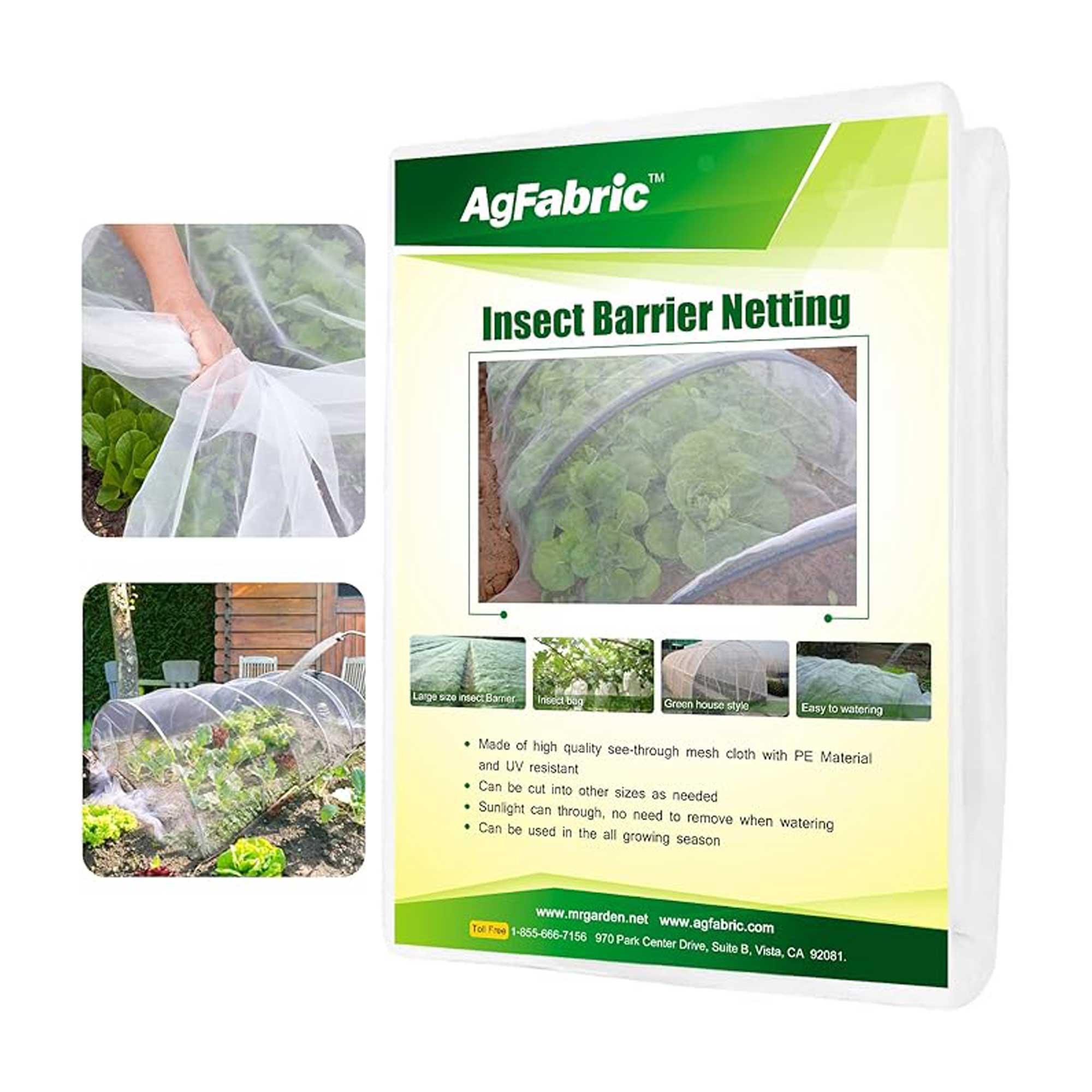
With a mesh size of 0.03 by 0.03 inches, this netting is ideal for protecting crops while preventing harm to wildlife. Different sizes are available.
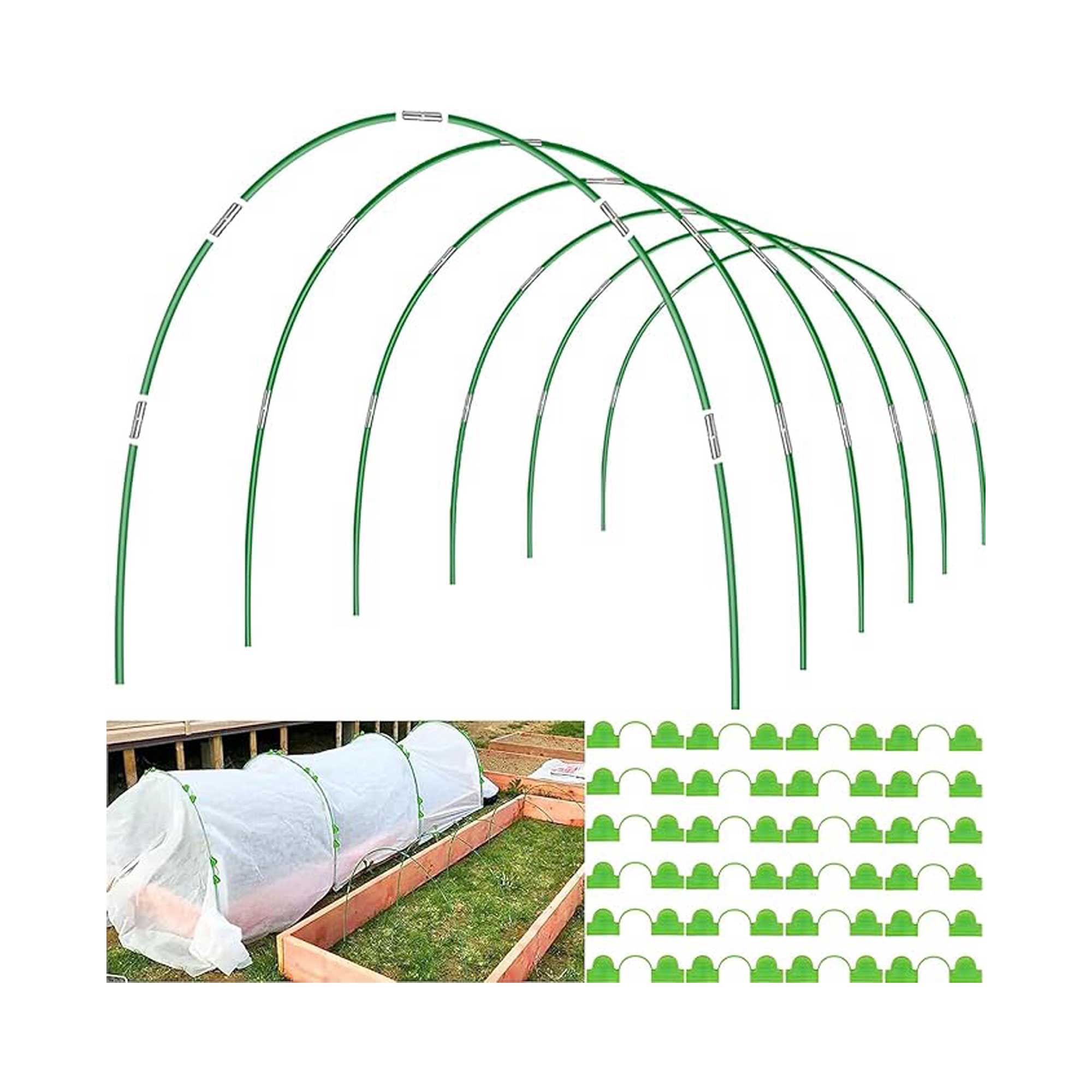
Combine these bendable fiberglass hoops with a fine mesh netting to construct a protective tunnel over your plants.
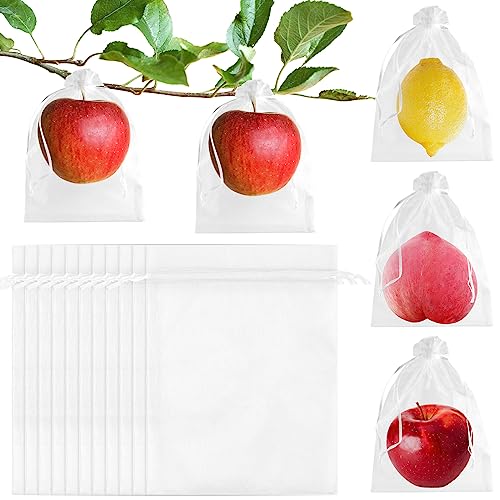
These reusable mesh bags are ideal for protecting individual fruits from birds and other creatures or insects who may want to have them for dinner.
FAQs
What are the drawbacks of fine mesh garden netting?
Kiera says there are some drawbacks with fine mesh netting, so she doesn't recommend covering entire vegetable gardens.
First, she points out how mesh reduces airflow, which can create overly humid conditions that need to be monitored. As well as this, she says that some pests emerge from the soil, and others are surprisingly sneaky – 'so check your plants regularly.'
What's more, she encourages gardeners to think about the natural balance in the garden. 'We want to support a thriving ecosystem and many of our pests are dinner for beneficial insects. Since mesh also blocks pollinators, it’s best used temporarily or for crops that don’t require insect pollination,' she adds.
Are there other ways to keep pests off crops?
For keeping out critters like chipmunks, squirrels, or rabbits, Kiera recommends installing hardware cloth or welded wire mesh with holes no larger than 1/4 inch (about 6mm), attached to a frame.
This hardware cloth from AggFencer at Amazon comes in gray, green, or black and has 1/8 inch by 1/8 inch holes.
'You can also use a premade crop cage,' Kiera says. 'With a top, the same approach works to protect berries from birds. If tunneling is a concern, hardware cloth can be installed under raised beds or added as skirting along the base of fencing.'
When you've gone to the effort of growing your own produce, there's no denying that pests can be a pain. The good news is, using netting responsibly is just one solution to keep your crops thriving – there are other natural pest control methods you can try. Our guide on how to get rid of slugs is a must-read for any gardener, or you could look into the benefits of applying diatomaceous earth.
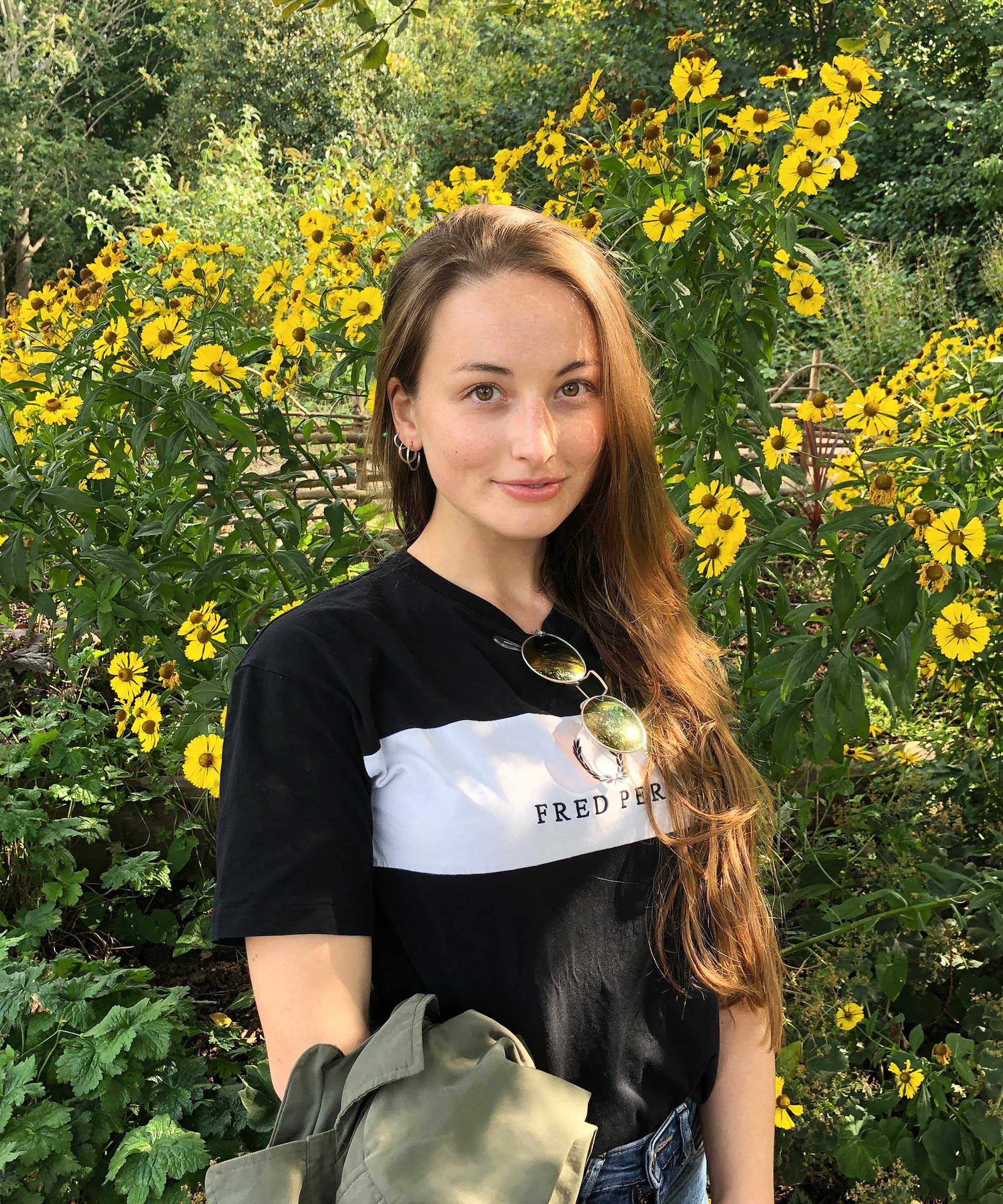
Holly started writing about gardening five years ago, and she is a regular contributor to Homes & Gardens. She has also written many gardening features for Woman & Home and Real Homes, too. She has previous experience as a professional gardener, where she helped to plant and maintain private gardens. Holly has also looked after allotment plots over the years and loves to grow her own flowers and veggies from seed. In her spare time, she enjoys visiting local gardens, botanical drawing, and tending to her ever-growing collection of houseplants.
You must confirm your public display name before commenting
Please logout and then login again, you will then be prompted to enter your display name.